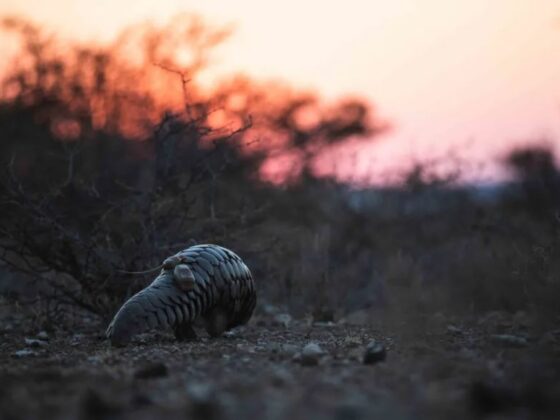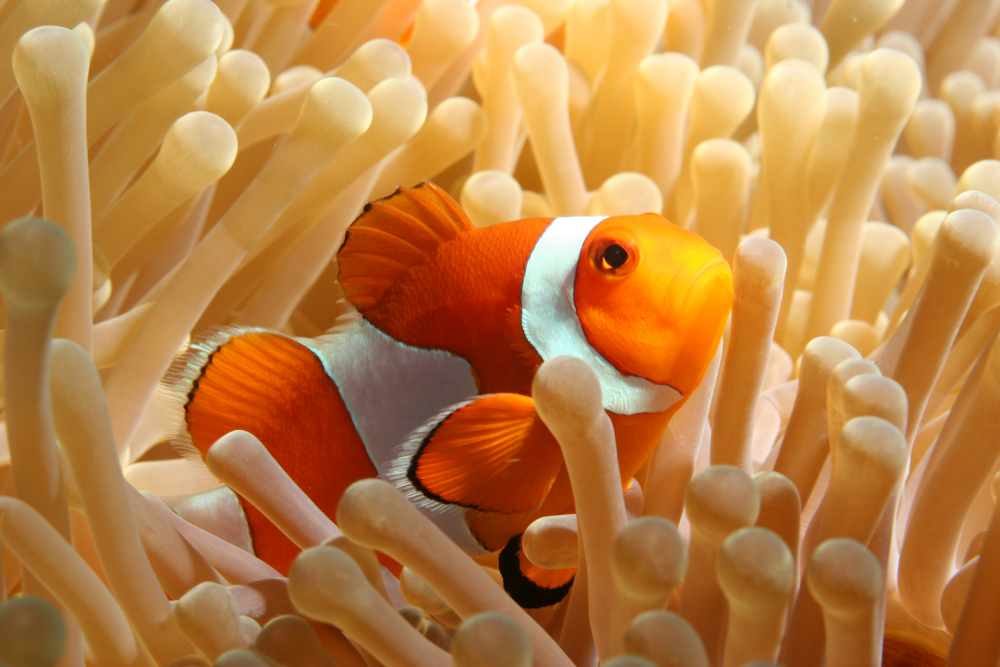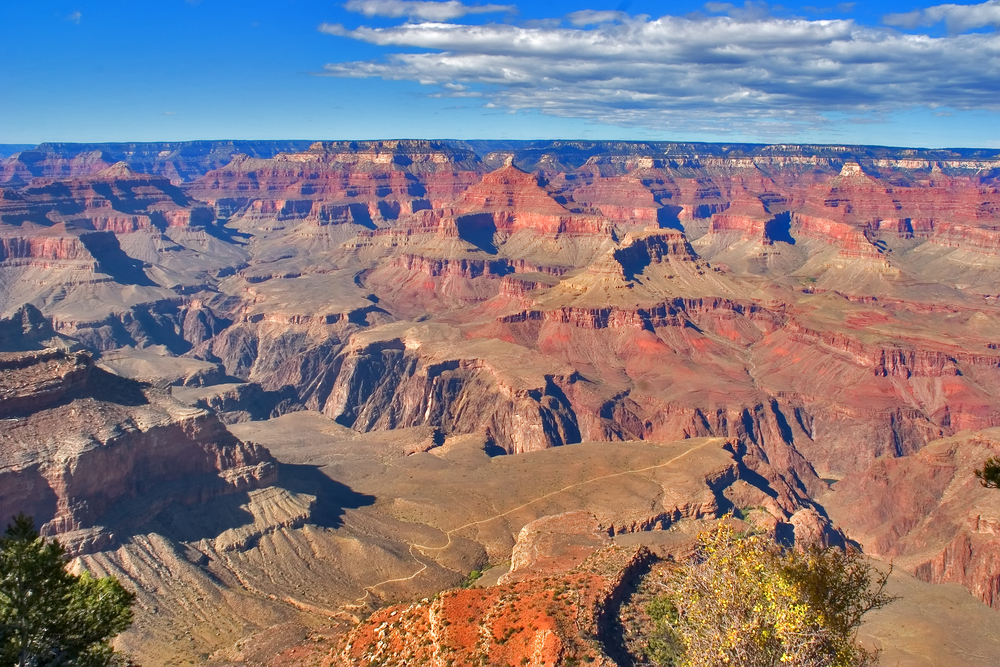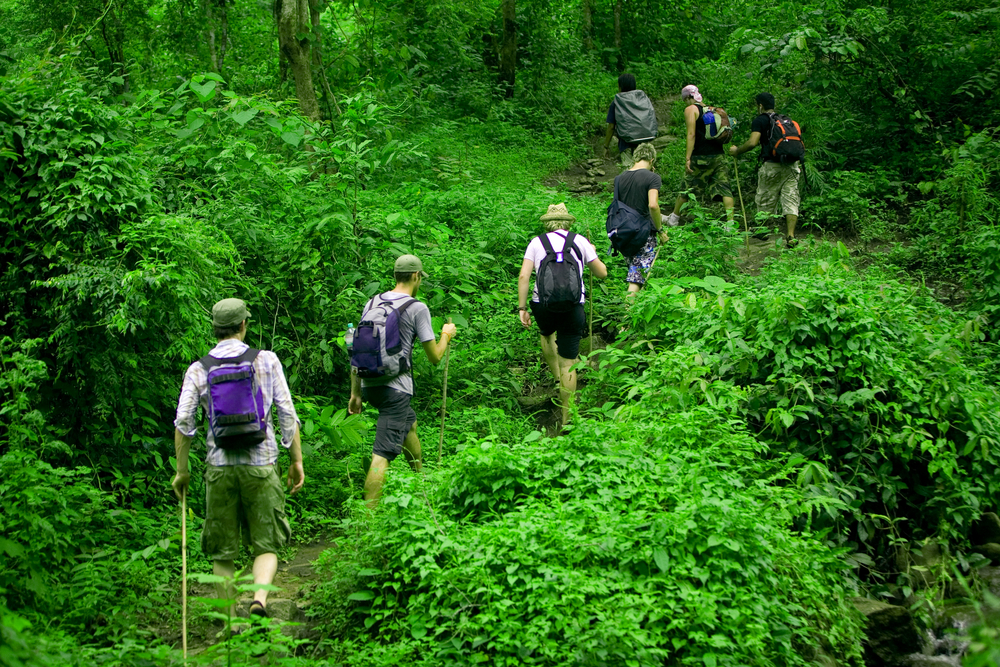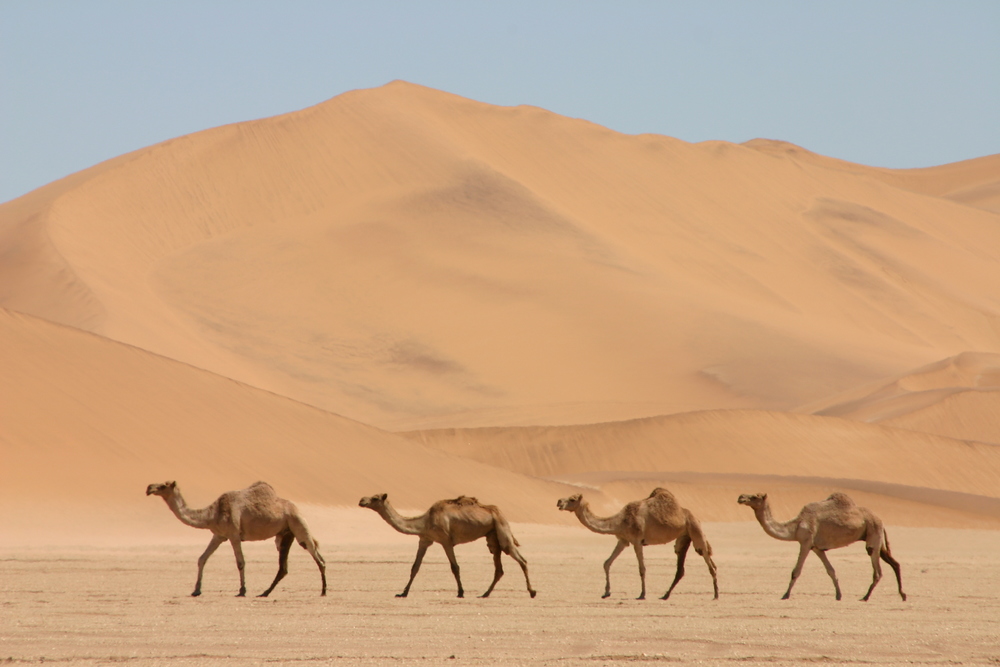The UK can’t get enough of Spain. A go-to for the majority of family vacations and for anyone who is craving a break from the UK’s perpetually grey skies, Spain in all its sunny glory is an affordable and attractive option for many.
However, the future of Spain and its native plants and animals are in peril. Home to some of the most varied wildlife in Europe, like the Iberian Lynx, black stork and brown bear, the UN has published an alarming report warning that up to 1 million plant and animal species are on the verge of extinction.
Here’s everything you need to know.
Extinction in our world today
Living our everyday lives in urban environments, it’s near-impossible to notice extinction happening around us. However, it has become an almost daily occurrence that a species is reported to be extinct. This is due to factors like pollution, habitat loss and climate change, all of which play a crucial role in the survival of many species.
When many of us think about extinction, we might think of the Tyrannosaurus Rex, Stephens Island Wren, the Hawaiian Thrush or the majestic White Rhino. There are species, whose extinctions go unnoticed. Various species of insects, birds and reptiles have very little impact on our day-to-day lives, so we wouldn’t notice if they went missing. However, the scale of extinction happening around us is alarming to say the least.
Explore and see it for yourself
Did you know that the Canary Islands boasts over 17,107 different species of land animals and over 7,000 different marine species? These islands off the coast of Spain are simply brimming with native and non-native species, and thanks to an island-wide action plan, animal numbers have stabilised over the past decades. Now with speedy airport transfers in the Gran Canaria, you can see the effects of this protection effort and experience these special animals in their natural habitat.
Reptiles are commonplace here with the Gran Canaria lizard and the El Hierro giant lizard being frequently spotted by beady-eyed visitors. Those who look to the skies might spot the El Tide blue finch, the big eared bat or even the brightly coloured rabiche dove.
Since 27% of these species are endemic and unique to their geological area, they need special protection against extinction.
Travelling with an environmental conscience
More than ever, travellers are choosing to prioritise the environment over their immediate gratification, with many going off the beaten path to relieve pressure on tourist hotspots and experience destinations in their rawest form. Many are also giving back to communities whilst travelling, with some travellers volunteering at conservation projects along the way or giving their time to community projects.
In the age we live in, ecotourism has never been more important.


